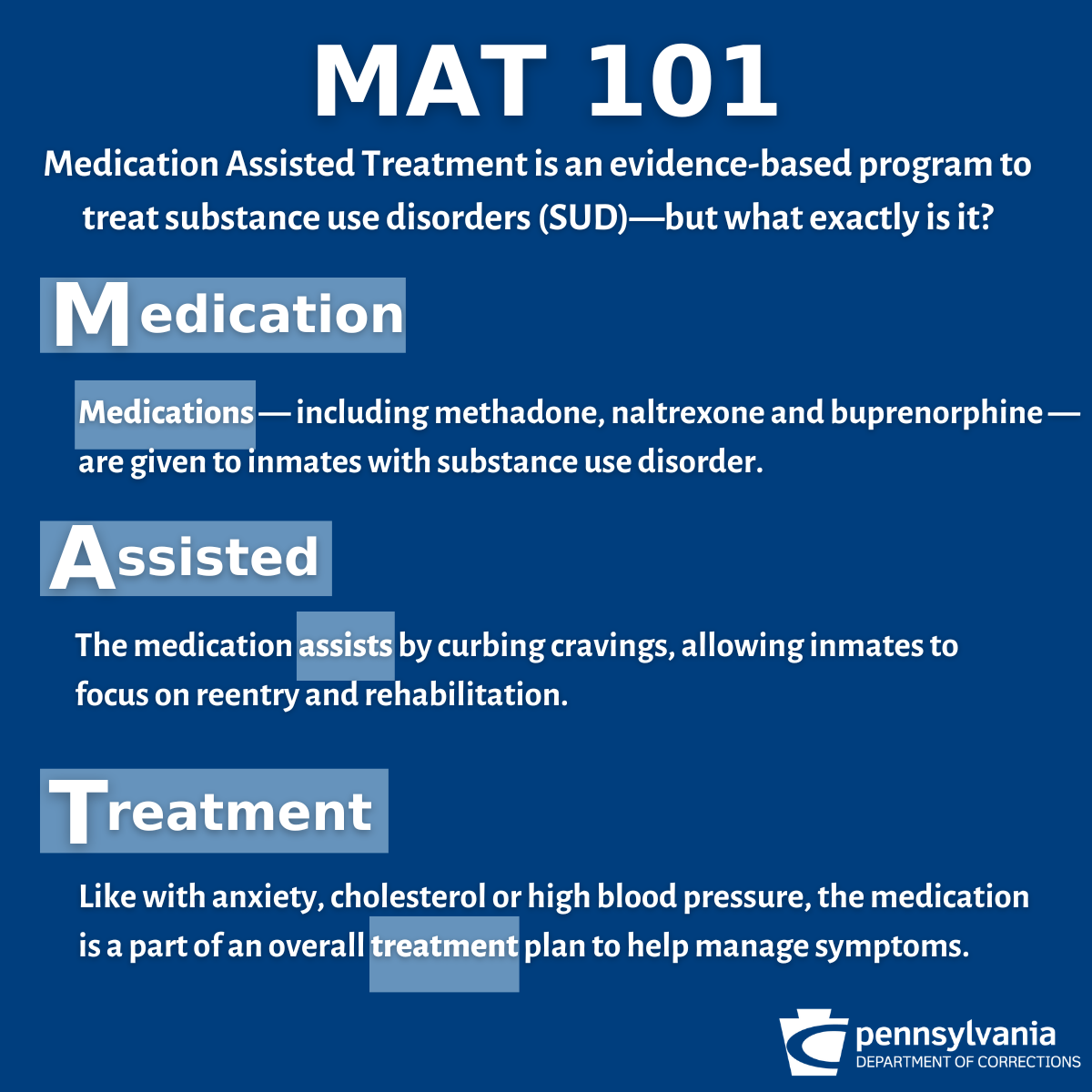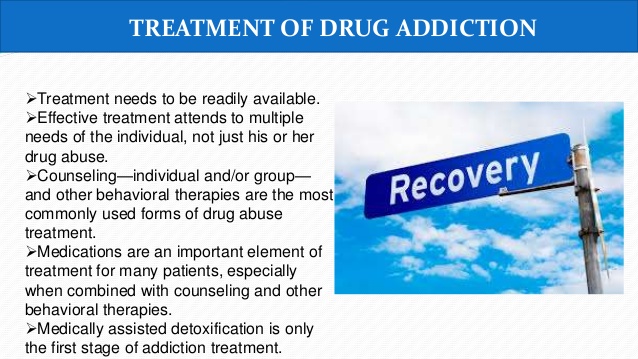8 Simple Techniques For What Medical Treatment Is Available For Opioid Addiction With Alcoholism
The therapist can point out that the body operates fairly effectively to rid itself of moderate amounts of psychoactive compounds. However, excessive use can damage organs and their engaging functions to the point of adding to significant health issues, consisting of cardiac and lung results, weight management difficulties, and neurological and psychological conditions, among others.
Again, the customer's interpretation of this tradeoff might vary thoroughly from the therapist's, so the therapist intervenes most successfully when geared up with both an open mind and the ability to assert clear, accurate information. Likewise, since clients are quite diverse in their viewpoints and analyses of the threats and advantages of substance use in light of psychoeducation about drug results, the therapist stays mindful and responsive to the specific client's perspective and cultural norms (which of the following is not of proven effectiveness in the treatment of narcotic addiction?).

Even when the customer acknowledges the risky nature of substance use, the customer for whom compound use issues have actually emerged in therapy likewise normally reveals some dream to continuing usage to acquire the advantages despite the dangers, even significant ones. A psychoeducational stance allows the therapist to remain more neutral while still triggering examination of various angles on the subject.
The body has natural systems for getting reward and lessening damage from interactions with the environment, consisting of the usage of exogenous psychedelic compounds. Together these 2 sets of biological functions reinforce the possibility that an individual will continue using drugs or alcohol. The therapist basically wishes to interact that if changes caused in the body by drugs are kept over a very long time by repeated drug use, the capacity for harmful effects continues to increase.
Nevertheless, the quick actions and euphoric results of drugs with high addiction potential offer strong satisfaction that can overshadow the user's interests in non-drug activities and awareness of delayed expenses of substance use. Outcomes like tolerance and withdrawal can promote the user to take part in more regular administration of higher quantities of drugs.
Getting The Who Licenses Addiction Treatment In Ca To Work
Therapists can help compound using clients to identify the attributes of withdrawal, tolerance and dependence. Substance withdrawal. Concerning withdrawal, some customers might not know that specific symptoms they experience are attributable to the chemicals they are ingesting. Therapists can help inform such clients to the symptoms normally connected with the particular drugs the client has used (or is interested in utilizing).
Other clients are acutely knowledgeable about their substance withdrawal signs, but say they have actually discovered to cope with them or do not believe there is much they can do about them. Still others think they are funny, all simply part of a great night on the town. Whatever the customer's viewpoint, the therapist motivates the client to elaborate, and after that to consider possible interventions to deal with the customer's own symptoms.
With respect to tolerance, the therapist notifies the customer that even if the user's experience of a drug's results is diminished as tolerance establishes, it does not mean the prospective or real damage is minimized. In reality, while tolerance does not ensure Get more info problems, it may well increase the severity of an addictive disorder, especially personallies who are genetically, clinically, or psychologically susceptible.
Some clients who use substances clearly take pride in their high tolerance for their drugs of choice (why detox befroe addiction treatment). Attempting to encourage a client this is ill-advised will probably only raise resistance. However a psychoeducational intervention facilitates equivalent factor to consider of various perspectives on the same topic, including awareness of factors to feel casual or smug along with reasons to be worried about customers' reported capabilities to handle themselves when intoxicated.
Addiction. Compound dependence, a term familiar to readers of the DSM-IV, was frequently corresponded with addiction, but the term "Substance Dependence" was gotten rid of from the DSM-5, in efforts to streamline detect and simplify its description. The DSM-5 still refers to "Substance-related and addicting conditions" in the general heading for the entire diagnostic classification, while the severity of the condition is now described in terms of the number of symptoms reported or displayed by the client.
Top Guidelines Of How To Find Suboxone Treatment For Opiod Addiction In Portsmouth Va

First of all there is excellent confusion in the public, the media, and even among scientists and experts about how to identify chemical addiction from typical, unproblematic compound use. Terms, descriptions, and implications differ extensively across persons utilizing them. The therapist designs flexibility through willingness to openly acknowledge different, even contrasting point of views as they emerge.
Second, numerous compound users fear or frown at the label of dependency, and might have little dream to talk about or discover it. A benefit of a psychoeducational approach is the capability to present product in an abstract or removed style, even with a specific declaration that the information may or might not be pertinent to the customer.
Clients may offer remarks about their own circumstances in reaction to discovering generalized material, or they may soak up details the therapist shares without verbalizing an action. The mindful therapist watches and listens for the customer's nonverbal along with spoken responses to psychoeducational material. A facial expression, a change in body posture, or a wordless sigh or groan each functions as cues for the therapist to welcome comment. Therapists can supply techniques and clarify procedures by which clients can actively engage in deliberate modification procedures. Clients often gain from a therapist's guidance relating to recognition and weighing of options, choice from amongst options, and application of brand-new methods through regular practice. Specifically since lots of people who meet requirements for compound usage conditions have actually over-learned expectations of instant gratification, therapists also require to highlight patience with the steady, approximate nature of modification.
A therapist can reinforce the customer's commitment to choices to avoid relapse by generating alternative viewpoints and techniques to promote healthier coping activities. After clarifying potential barriers to treatment goals, the customer and therapist broaden the regression avoidance plan by specifying new methods of thinking of problems and concerns, new techniques for handling difficult feelings and disruptive habits, and new methods for the customer to occupy time.
Engaging customers in brand-new pastime and helping them develop occupational choices is essential in planning to prevent regression. Rewarding abstinence from compound use, both overall and partial, and likewise enhancing alternatives to intake of drugs or alcohol are empirically supported strategies for increasing inspiration for change (Miller, 2006). Common consider efficient therapies include boosting a customer's behavioral control skills and changing support contingencies to incentivize abstaining (Carroll and Roundsaville, 2006).
